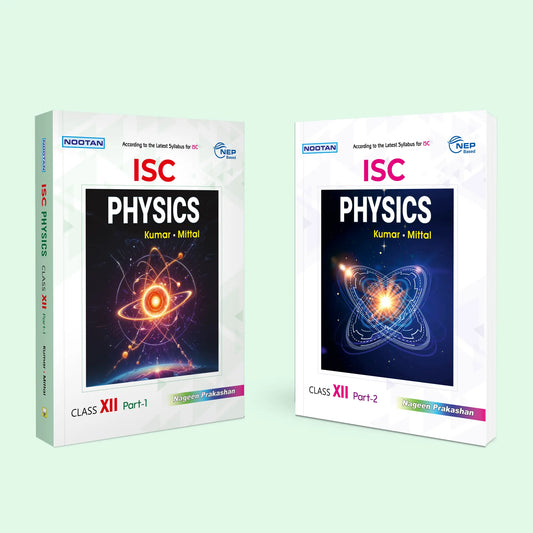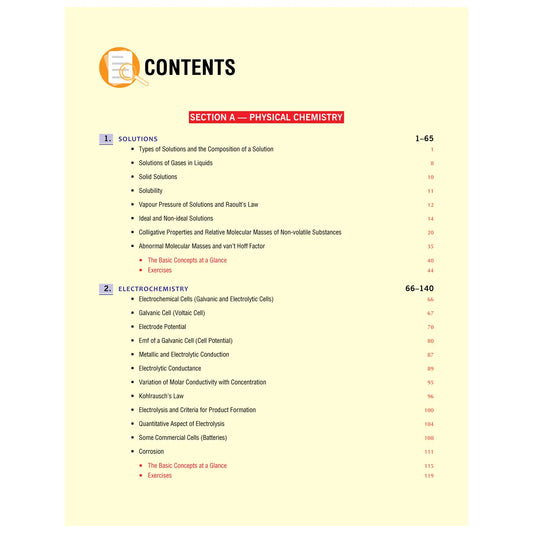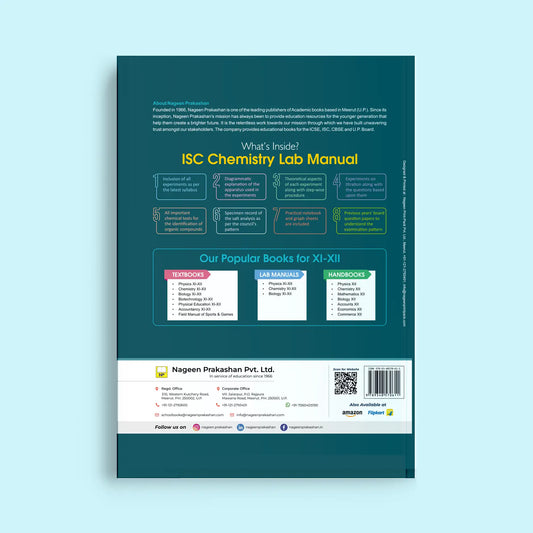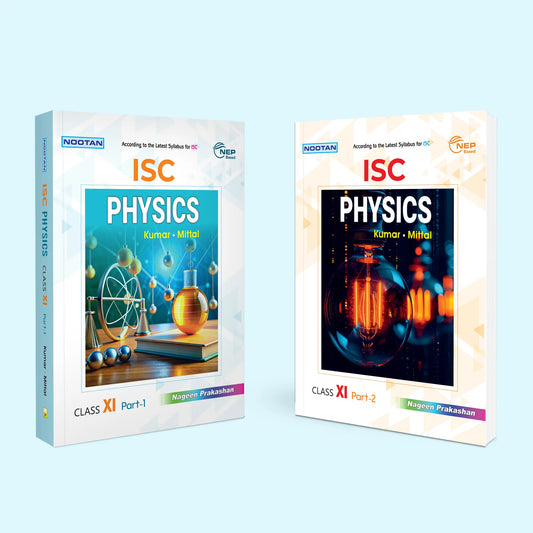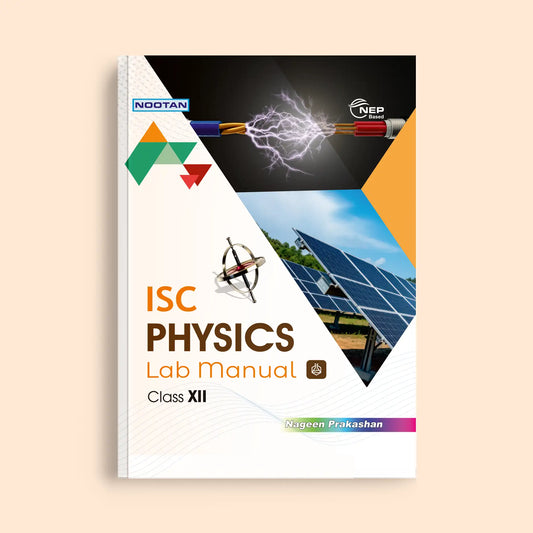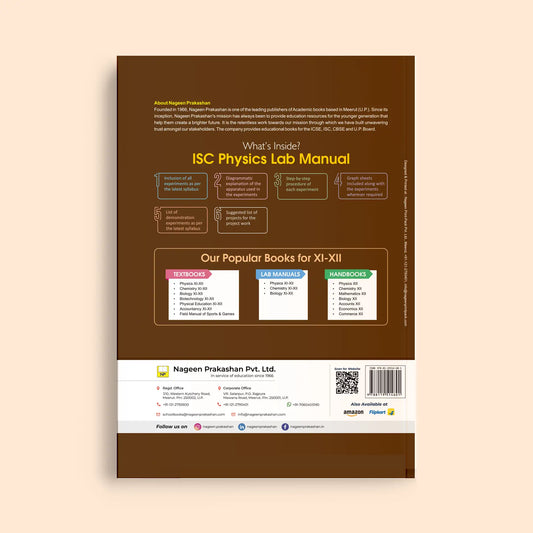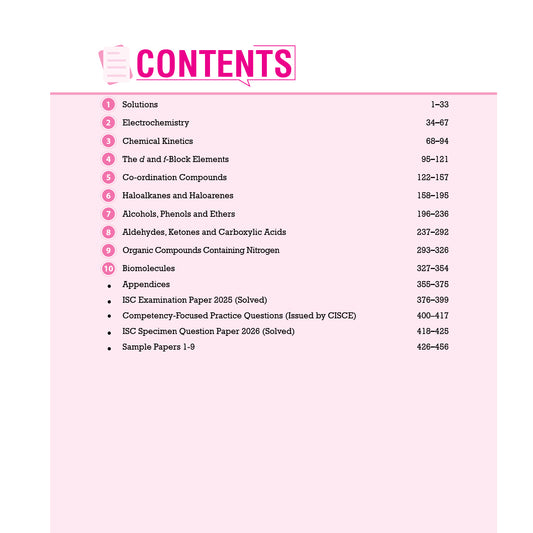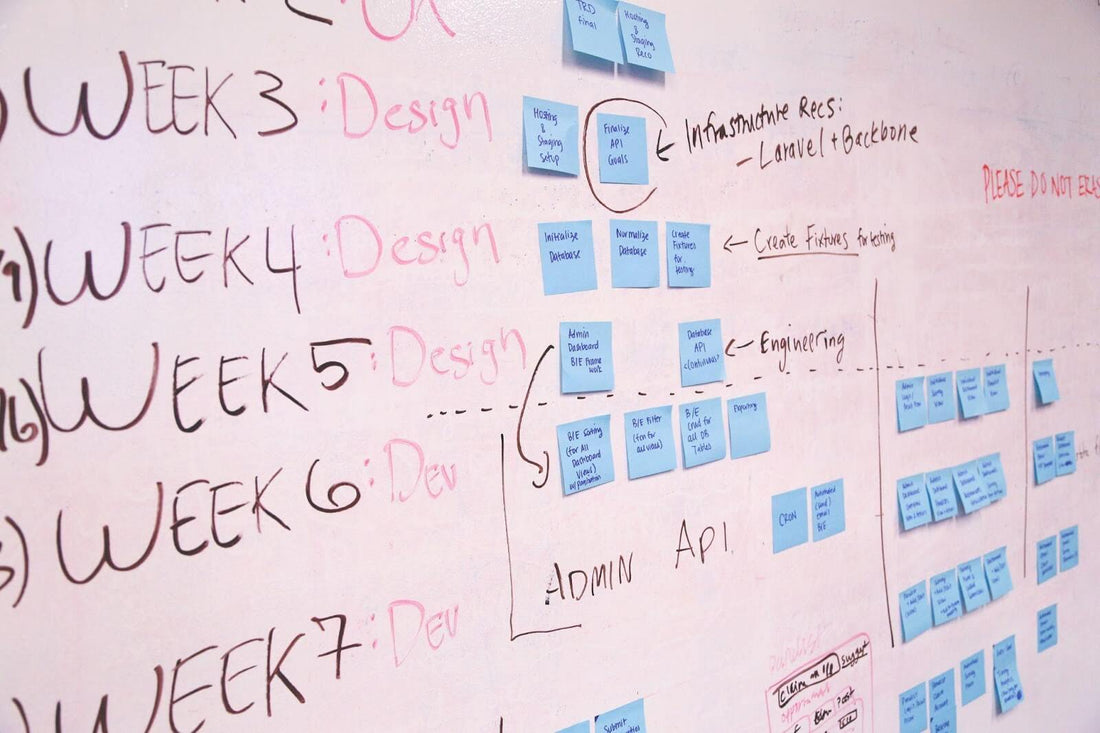
Mind-Mapping- Steal Einstein’s Famous Memorizing Method & become an A+ Student

Being a student isn’t a piece of cake. You’re supposed to learn, memorize, and be eloquent in your speech and writing. There’s the competitive spirit, the exams, and a bunch of other things. Keeping track & managing everything at once, simultaneously can be really tiring, time taking, and inefficient.
We receive so many of your queries about this problem & how you wish to adopt a way of better-storing things in your mind. Especially this week when we had students looking for ISC syllabus class 12, and to study for it better they opted for ISC class 12 physics book nootan
With so little time to research and even little time to execute them, we know it can be hard. So don’t worry, consider yourself heard!
In today’s article, we’re going to take a look at ‘Mind-Mapping’, a remarkably simple strategy to store, memorize, & comprehend information inside your brain and effectively utilize the power of your brain.
Don’t forget, some of your favorite scientists & scholars, such as Albert Einstein, Leonardo Da Vinci, and a bunch of people would use it to better learn various topics in a way that would allow them to come back to those topics as per their convenience like they’re physically storing that information in a locker!
Mind Mapping- An Introduction

A technique used mostly by Visual-Thinkers & Learners, Mind-mapping is a graphical technique that allows people to capture and organize ideas, concepts, and information visually. From educational purposes, business planning & strategies, to personal development, it has multiple & very diverse use cases.
So let’s take CBSE Students for Instance. You should look for a CBSE lab manual, books for 12th or any other class, a class 12 physics lab manual, a 12 physics practical book pdf, or just use Nageen Prakashan science book class 10 solutions. Now based on all the information and textbook resources you have, you can create a Mind Map of your own!
Mind-Mapping stimulates a greater sense of creativity, enhances memory, and cognitive abilities, & improves productivity. Let’s quickly go over some basic pointers-
- Mind mapping visually enables individuals to capture and organize their ideas in a significantly more structured way.
- It involves creating a diagram that represents the central idea, with related ideas branching out from it in a hierarchical structure.
- Mind maps can be created using various tools such as paper and pen, whiteboard, or digitally. We’ll get into the mediums of Mind-Mapping later in the article. Let’s first take a look at the various use cases of mind maps.
Mind-Mapping in the Lives of the Greatest Minds!

Truth be told, mind mapping probably wouldn’t be how they’d term it at the time, but it is believed that Albert Einstein and Leonardo da Vinci used to use something similar to it for planning & creative purposes. Let’s take a look at how they allegedly might’ve used it:
Albert Einstein: Einstein’s Genius was and still is world-renowned for his discoveries, creativity, & his fascination with science. Here’s how he might’ve used Mind-Mapping to recollect his ideas-
- To organize his thoughts on relativity: Einstein’s theory of relativity is one of the most important scientific discoveries of the 20th century. He may have used mind mapping to explore and organize his ideas about the relationship between time and space.
- To brainstorm new ideas: Einstein was always exploring new areas of science and mathematics. He may have used mind mapping to generate and organize new ideas for research.
- To plan his work: Einstein was also known for his meticulous planning and organization. He may have used mind mapping to plan his research projects and prioritize his work.
Leonardo da Vinci: Da Vinci was a polymath who excelled in a wide range of fields, from art to science to engineering. He was also known for his innovative thinking and his ability to see connections between different disciplines. Here are some possible ways that da Vinci might have used mind mapping:
- To explore connections between art and science: Da Vinci was fascinated by the connections between art and science. He may have used mind mapping to explore and organize his ideas about the relationship between these fields.
- To plan his inventions: For those who might not know, Da Vinci was an inventor apart from the Legendary Artist he was. He designed machines & devices ahead of his time. Da Vinci might have used mind mapping to plan and organize his ideas for new inventions.
- To develop his artistic style: Da Vinci was also a renowned artist, known for his use of perspective and his attention to detail. He may have used mind mapping to develop his artistic style and explore new techniques.
In conclusion, while we can’t know for sure how famous figures like Einstein and da Vinci would have used mind-mapping, however, it’s clear that their innovative and creative thinking would have made them natural candidates for using such a tool. Mind mapping can help anyone to explore and organize their ideas, and these great thinkers would likely have found it to be a valuable tool in their work.
How to Create your own Mind-Map?

Now that you know exactly what a mind map is and how it functions, let’s take a look at how you can make one exclusively for your own-
-
Start with a central idea: Before starting, you must come up with a central idea for the mind map that you’ll be creating. So for instance, if you’re a Class 10 student, you can use Nageen Prakashan Science Book Class 10 Solutions for reference. As for UP Board Students, we already have Nageen Prakashan Math Book Class 10 Up Board. Check them out!
Once you have a Title or main topic/idea finalized, write it down at the center of your page. This will be the starting point of your mind map.
- Branch out: Extend some branches out of the ‘Central Idea’ block that we just created. Each branch represents a sub-topic or idea related to the main topic. To link the two, you can use lines, arrows, or any other symbols to represent these branches. We prefer putting these blocks in oval-shaped, rectangular blocks, or cloudy callouts, each with a separate meaning & significance so you can tell from a distance what is what.
- Add details: Keep extending each branch further & further. Using the key details, leverage better keywords, phrases, & images to illustrate these ideas.
-
Use multiple colors and images to highlight: To make your mind map visually appealing and easy to understand, using multiple colors & images for each segment is key. Remember, creating a pattern along the way, especially for color-coding is essentially so you can better classify each segment.
For instance, using Red for the Title, Yellow for Sub-Headings, Blue for text, and so forth. This way, it’s easier to identify everything. - Connect ideas: As you start looking at your Mind-Map from a distance, you’ll start identifying some connections between various segments. This can be the text inside two very different sub-headings, but now that you have a broader perspective, it’s easier to identify the similarities. This is where you can connect those two segments using dotted lines (recommended) to later reflect on them and find even easier ways to memorize them.
- Review and refine: In the final step of the process, it is essential to Review and Refine your Mind-Map before you call it a day. Make sure that once you’re done you go through it and make the necessary changes. Remember, this is something you’ll be coming back to again and again in the future, so it has to be very simple, intuitive, & most of all, informative!
Various Use Cases for Mind-Mapping-

- Education: Students can benefit from Mind-Mapping since it helps them better classify and comprehend complex topics and concepts. It also helps with easier memorization if the students keep coming back to their mind maps. As a cherry on top, they also make their notes visually appealing, so it’s never again boring to revise your notes!
- Business: From Brainstorming Ideas, Planning projects, Ideations, & Presentations, Mind-Mapping creates a very engaging environment where almost everyone instantly understands the underlying meanings behind a mind map. It’s like a language everyone can understand.
-
Personal development: Goal Setting, Everyday Fitness Planning, Task Planning, and Visualizations of their dreams, we see everyday individuals benefiting from creating personal mind maps that help them better work on themselves.
So for instance, if you’re a Class 12 student, you can go for Class 12 Physics Practical Book, Class 12 Biology Practical Book, or maybe a Class 12 Biology Book Up Board for UP Board Students. - Problem-solving: When it comes to something as complex as problem-solving, we’re sure you must’ve seen detectives & police forces use mind-maps to chase down criminals by pointing Multiple Evidence & Alibis, Events, Mugshots, etc. to make the entire case a bit easier to understand and explain. Considering this example, it’s safe to say mind maps also help with problem-solving.
- Creativity: Artists, Musicians, Engineers, Programmers, Digital Media Professionals, etc. Everyone uses mind–maps to organize information but most importantly- stimulate better creativity. Since it sort of allows a sense of organization inside your mind, you feel free to wander around and that’s when the inspiration strikes you!
Best Mind-Mapping Mediums
There are tons of ways to create Mind-Maps. Let’s take a look at all of them one by one-
-
Pen & Paper Approach- We’re sure you already know how it must be done, but for the sake of it, let’s dive deep into this. So take a piece of paper, and as described in the steps above, put your Heading/Title in the middle. Subsequently, draw branches out of it and create some subheadings with texts inside them. You can use different callout shapes, and we recommend you use different colors for each rank of the callouts.
Let’s take the instance of ICSE Students. Once you have your Mind Map ready, you can look for the reduced syllabus of ICSE. Then find yourself a good 10th ICSE physics book, mathematics books for class 10 ICSE, ICSE history books for class 10, Nageen Prakashan science book class 10 solutions, and so on. Sky’s the limit here guys. Now, you can solve some ICSE physics class 10 question papers.
- White Board & Markers- Just like Pen & Paper Approach, follow the steps. However, for a change, you will instead be using whiteboard markers on a whiteboard. You can also incorporate the use of Sticky Notes for certain purposes. For instance, you can use Yellow sticky notes to explain the definitions of a subheading, and Pink Sticky Notes for examples. This way, your whiteboard won’t look cluttered and it’ll be easier to understand/present to others.
- Digital Mind-Maps- From Creately to LucidChart, there are a bunch of software out there that enable their users to create Digital Mind-Maps. We’ll be publishing a future article on Digital Mind-Mapping if you guys show enough interest since it’s an even more mobile, effective, and easily shareable way of creating Mind-Maps. Plus, it saves ink & paper haha! However we encourage you to first create physical mind-maps, and once you’re familiar with the process, later jump to Digital.
Conclusion
So in today’s article, we went through the essentials of Mind-Mapping and walked you through how you can create your own. It’s not essentially a complex process, but for someone that might be doing it for the first time, we’re sure it might seem like a daunting task, especially starting from a blank page, like the blank whiteboard above!
Don’t worry, you’ll eventually learn your way up, the learning curve is in your favor. As for any doubts you might have, feel free to write them in the comments, and we’ll help you out where you feel stuck. Alright guys, see you in the next article, till then Good Luck with your studies, and don’t forget to share with us the mind maps that you come up with!

